
Watch short for this article (5 slides)
Concrete Jungles, Rising Temperatures: Unpacking the Urban Heat Island Effect
Gazing down upon a city from above reveals a complex tapestry of buildings, roads, parks, and the constant motion of people and vehicles. Yet, woven into this visible fabric is an invisible but potent environmental factor: elevated temperature. Many urban centers consistently register significantly higher temperatures than their surrounding suburban or rural counterparts, even those just a few miles away. This phenomenon, known scientifically as the "urban heat island" (UHI) effect, transforms cities into hotspots with far-reaching consequences for human health, energy consumption, air quality, and even local weather patterns. Why do these densely built environments trap heat so effectively, and what does it mean for our future?
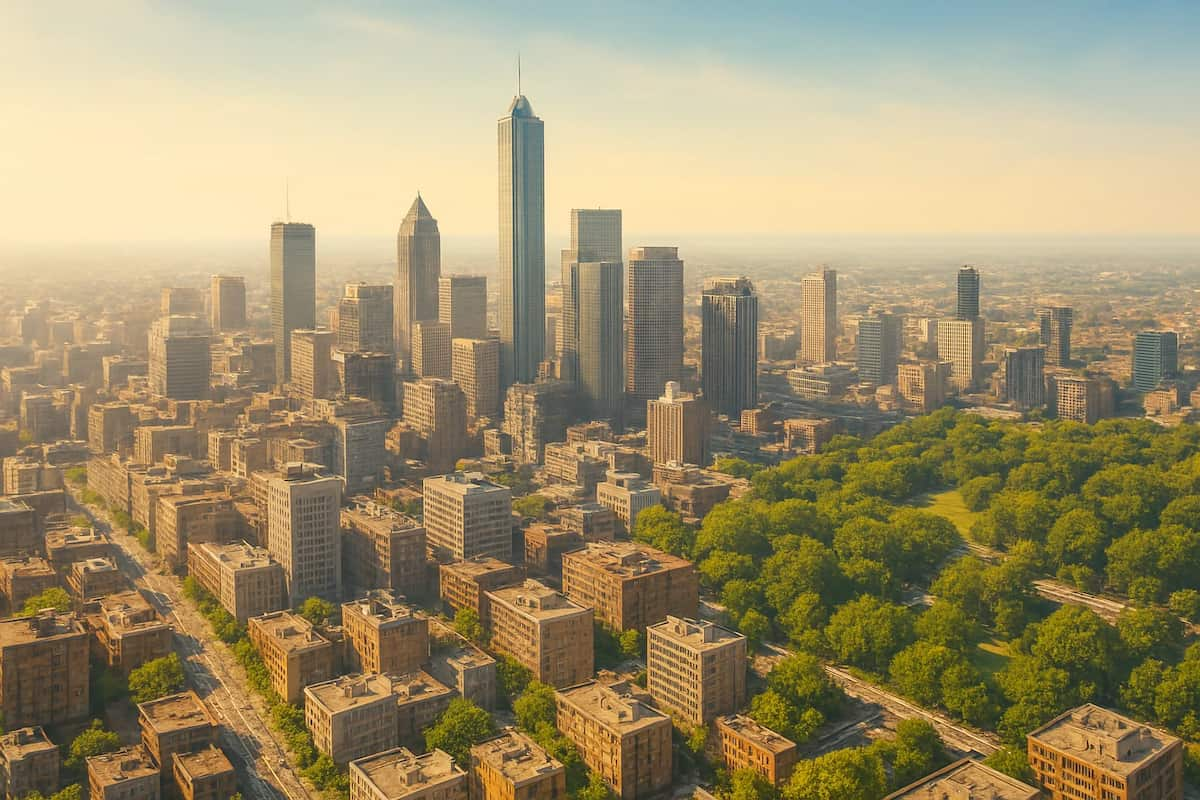
Understanding the "Island" Concept and Its Origins
The term "urban heat island" paints a vivid picture: when visualized on a thermal map, a city often appears as an island of warmth surrounded by a cooler sea of rural land. This temperature difference isn't trivial; urban areas can be, on average, 1–3°C (1.8–5.4°F) warmer than surrounding areas during the day. The difference can be even more pronounced after sunset, sometimes reaching as high as 12°C (22°F) in the evening hours because urban materials slowly release the heat absorbed during the day (Source: US EPA - Learn About Heat Islands).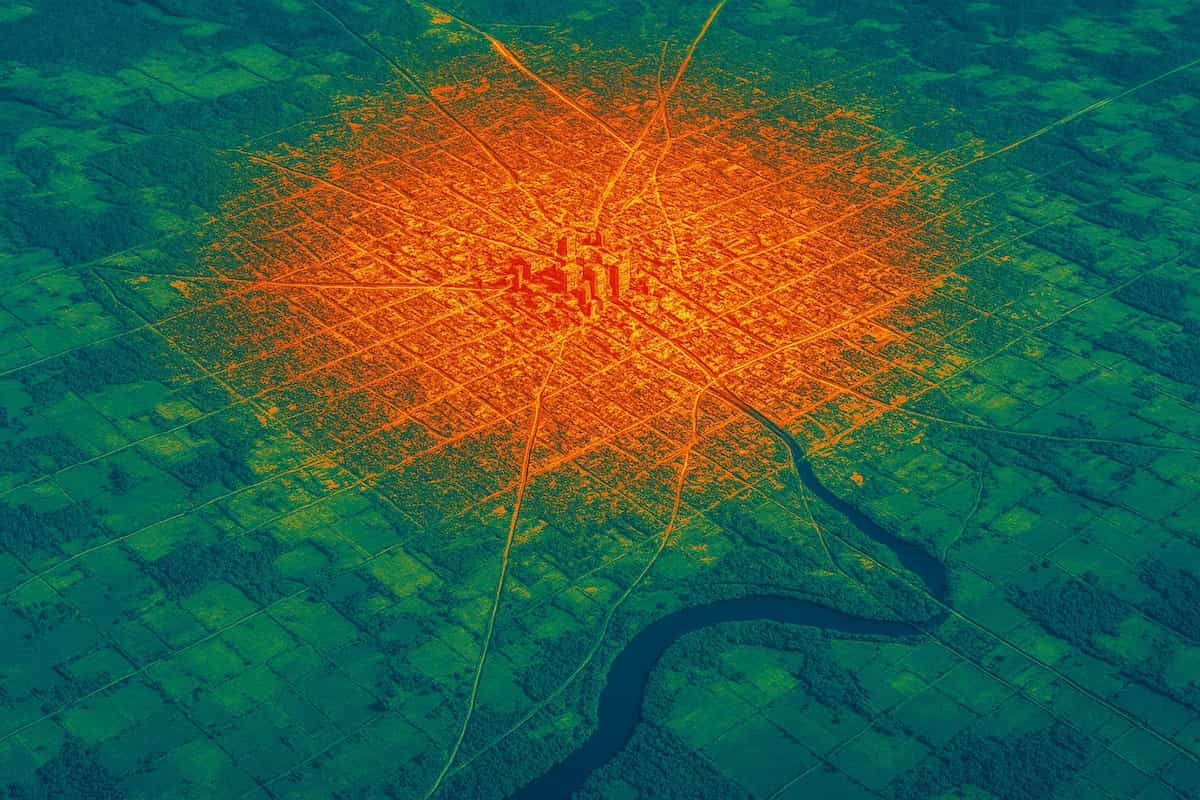
A Historical Perspective
While the term gained prominence in the mid-20th century, observations of urban warmth date back much further. As early as the 1810s, amateur meteorologist Luke Howard documented temperature differences between London and its surrounding countryside in his work "The Climate of London." As cities grew exponentially during the Industrial Revolution and beyond, fueled by industrial processes, increased populations, and the proliferation of automobiles and artificial surfaces, the UHI effect intensified, transitioning from a meteorological curiosity to a significant environmental and public health challenge.
The Recipe for an Urban Heat Island: Key Contributing Factors
The elevated temperatures in cities result from a confluence of factors related to the way we build and live in urban environments: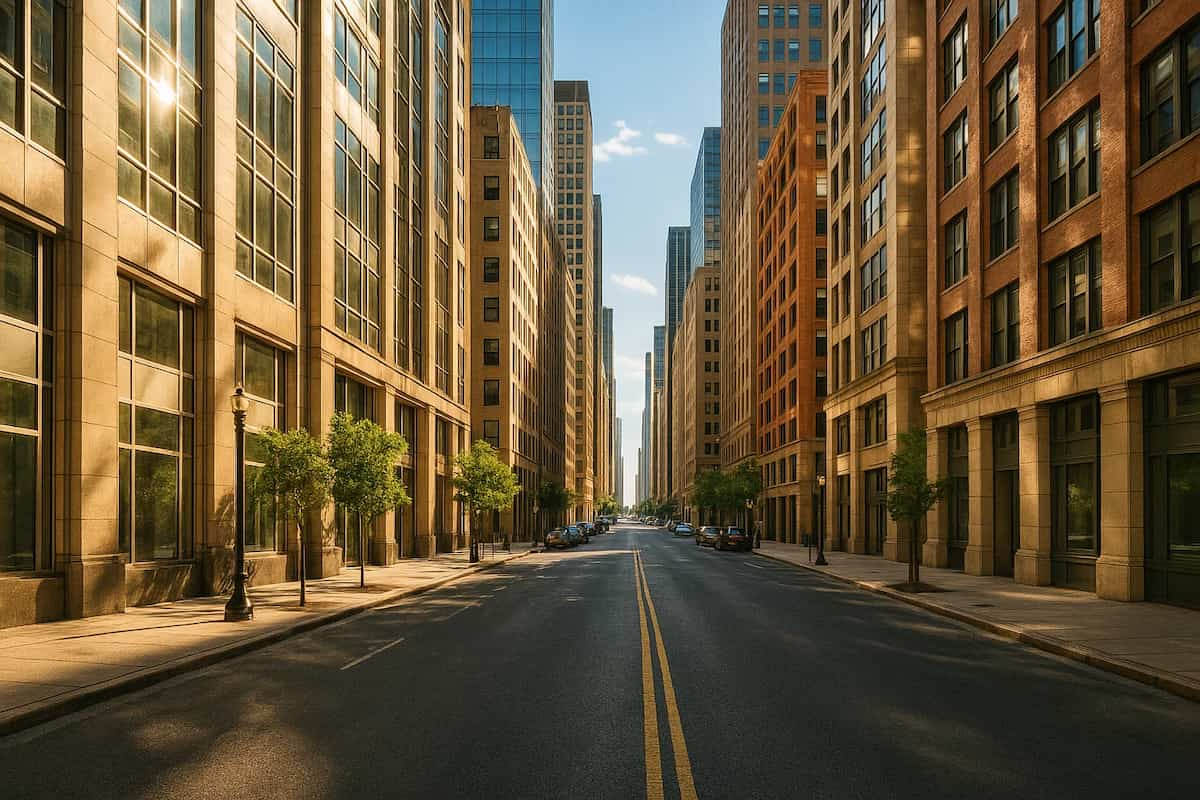
1. Properties of Urban Materials: Absorption and Retention
- Low Albedo (High Absorption): Common urban surfaces like asphalt pavement, traditional dark roofing, brick, and concrete have low albedo, meaning they reflect very little solar radiation. Asphalt, for example, may have an albedo of only 0.05–0.1 (reflecting 5-10% of sunlight), compared to grass at 0.25 or a forest canopy at 0.15-0.18. Most absorbed sunlight is converted into heat. (Source: Lawrence Berkeley National Laboratory - Heat Island Group)
- High Thermal Admittance: Many urban materials not only absorb significant heat but also store it efficiently and release it slowly, especially after sunset. This high thermal mass contributes significantly to elevated nighttime temperatures, preventing urban areas from cooling down as effectively as rural areas.
2. Reduced Evapotranspiration (Lack of Greenery)
- Loss of Natural Cooling: Vegetation plays a crucial role in cooling the environment through evapotranspiration – the combined process of evaporation from soil and water surfaces and transpiration from plant leaves. This process uses solar energy to convert water into vapor, effectively consuming heat (latent heat flux) and cooling the surrounding air.
- Impermeable Surfaces: Cities replace permeable, moist soil and vegetation with impermeable surfaces (roads, buildings, parking lots). This drastically reduces the potential for evaporative cooling and increases surface runoff. Shade from trees can also reduce surface temperatures by 11–25°C (20–45°F) compared to unshaded surfaces. (Source: US EPA - Trees and Vegetation)
3. Anthropogenic Heat Release (Waste Heat)
- Direct Heat Emissions: Cities are hubs of energy consumption. Heat is released directly into the atmosphere from vehicles (engine combustion, exhaust systems), industrial processes, heating and cooling systems (HVAC units exhausting hot air), and even human metabolism in densely populated areas. This "waste heat" or anthropogenic heat flux adds directly to the urban thermal load, particularly significant in dense city centers and during winter in cold climates.
4. Urban Geometry and Trapped Radiation
- The "Urban Canyon" Effect: Tall buildings lining relatively narrow streets create urban canyons. These structures block solar radiation from reaching the ground during the day but, more importantly, reduce the "sky view factor" at night. This means surfaces like streets and building walls have a limited view of the cool night sky, hindering their ability to radiate heat away effectively. Multiple reflections of radiation between building surfaces also trap heat within the canyon.
- Reduced Wind Speed: The complex geometry of buildings can also reduce average wind speeds within the city compared to open rural areas, limiting the dispersal of heat and pollutants through ventilation.
The Ripple Effects: Consequences of Urban Heat Islands
The persistent warmth of cities has significant and often detrimental impacts:
Impacts on Human Health and Comfort
- Increased Heat Stress and Mortality: Elevated temperatures, especially prolonged heat waves exacerbated by the UHI effect, increase the risk of heat-related illnesses like heat exhaustion and heatstroke. Vulnerable populations, including the elderly, children, individuals with pre-existing cardiovascular or respiratory conditions, outdoor workers, and low-income communities (often with less access to air conditioning and green spaces), are disproportionately affected. Heatwaves are associated with significant increases in mortality rates. (Source: WHO - Climate Change and Health)
- Reduced Thermal Comfort: Higher temperatures reduce overall comfort levels for residents, impacting outdoor activities, productivity, and general well-being.
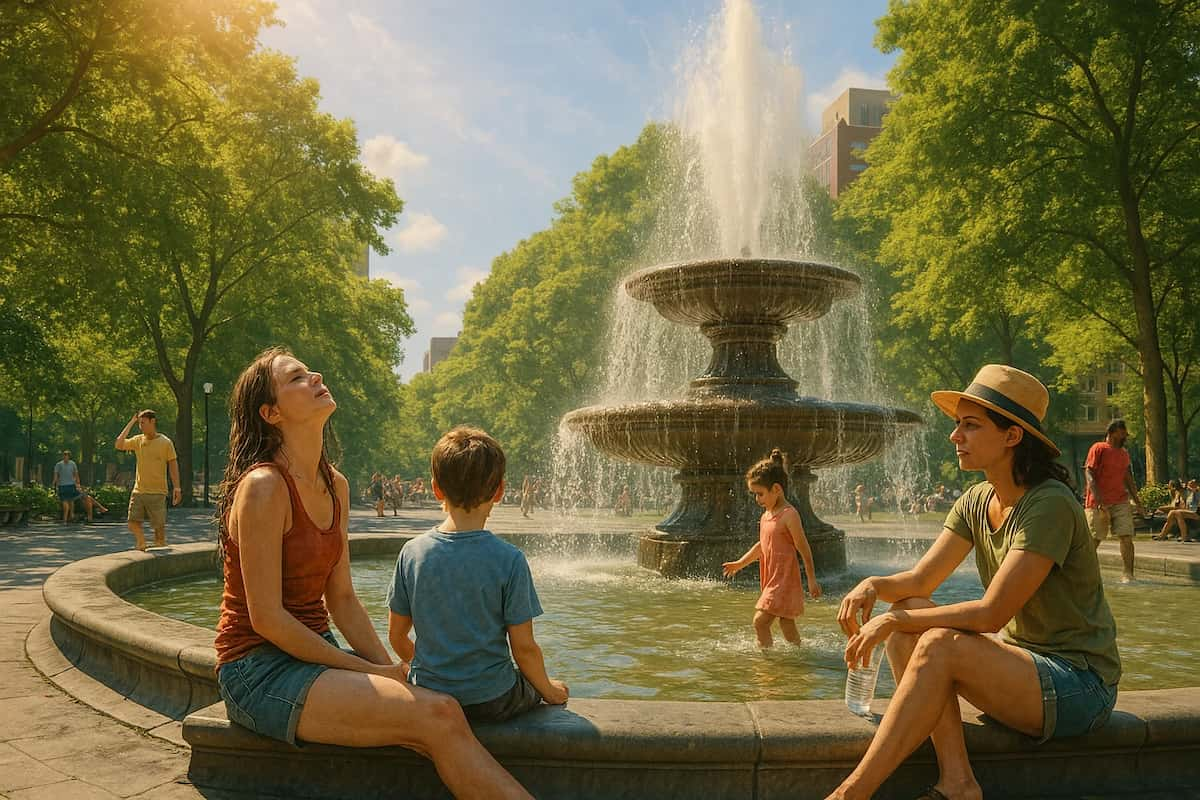
Increased Energy Consumption
- Higher Cooling Demands: Elevated ambient temperatures lead to increased demand for air conditioning in buildings. Studies suggest that peak electricity demand for cooling can increase by 1.5-2% for every 1°F (or roughly 3-4% per 1°C) increase in summer temperature (Source: US Dept. of Energy concept). This places significant strain on electrical grids, potentially leading to brownouts or blackouts during peak demand, and increases energy costs for consumers and businesses.
- Feedback Loop: Increased AC use releases more waste heat into the urban environment, further intensifying the UHI effect - a positive feedback loop.
Deterioration of Air and Water Quality
- Formation of Ground-Level Ozone: Higher temperatures accelerate the chemical reactions between nitrogen oxides (NOx) and volatile organic compounds (VOCs) - common urban pollutants from traffic and industry - in the presence of sunlight, leading to increased formation of ground-level ozone (smog). Ozone is a respiratory irritant that can worsen asthma and other lung diseases.
- Trapping Pollutants: Stable atmospheric conditions sometimes associated with UHI can trap other pollutants like particulate matter (PM2.5) near the ground.
- Water Temperature Impacts: Runoff from hot urban surfaces (like roads and roofs) entering storm drains and waterways can significantly increase water temperatures, harming aquatic ecosystems sensitive to thermal pollution.
Altered Local Weather and Climate Contributions
- Microclimate Modification: UHIs create distinct urban microclimates, influencing local wind patterns, cloud formation, humidity, and even precipitation patterns, sometimes leading to increased rainfall downwind of cities.
- Energy Use Contribution: While the direct thermal radiation from cities has a minor impact on global mean temperature, the increased energy consumption (often from fossil fuels) driven by UHI contributes to overall greenhouse gas emissions, thus indirectly influencing global climate change. (Source: NASA Climate - Urbanization and Heat)
Case Studies: Cities Grappling with Heat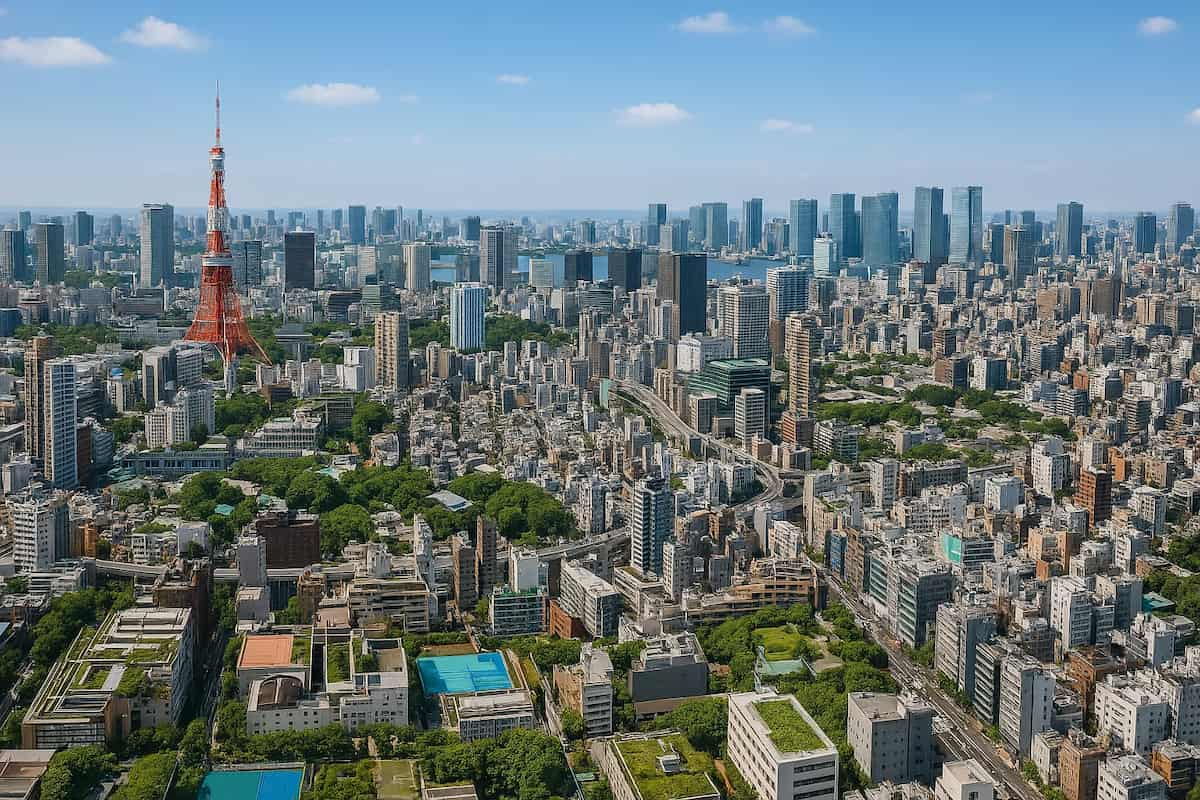
Tokyo, Japan
As one of the world's largest and densest megacities, Tokyo experiences a pronounced UHI effect. Extensive urbanization, high energy consumption, and geographical location contribute to intense summer heat. The Tokyo Metropolitan Government has implemented measures including promoting green infrastructure (mandating rooftop greening on certain new buildings), developing heat-blocking pavements, and encouraging water-retention measures.
New York City, USA
NYC's dense high-rise buildings, vast expanses of asphalt, and significant anthropogenic heat create a strong UHI. Initiatives like the NYC CoolRoofs program promote coating rooftops with reflective white materials to reduce heat absorption and energy costs. Expanding tree canopy cover and green spaces, particularly in underserved neighborhoods, is also a key strategy.
Phoenix, USA
Located in a hot desert climate, Phoenix faces extreme heat challenges amplified by the UHI effect. Research here focuses heavily on materials science (cool pavements), urban design that promotes airflow and shade, and strategic placement of vegetation and water features to mitigate extreme temperatures in an already challenging environment.
Strategies for Cooling the Concrete Jungle: Mitigation and Adaptation
Addressing the UHI effect requires a multi-pronged approach involving urban planning, building design, landscape architecture, and individual actions:
Increasing Urban Greenery
- Trees and Vegetation: Planting trees (especially strategically for shade), creating parks, installing green roofs (vegetated roof layers), and vertical gardens (green walls) increases evapotranspiration and shade, directly cooling surfaces and ambient air.
- Quantifiable Benefits: Green roofs can significantly reduce surface temperatures (by up to 30-40°F or 17-22°C) and lower building energy consumption for cooling. (Source: US EPA - Green Roofs)
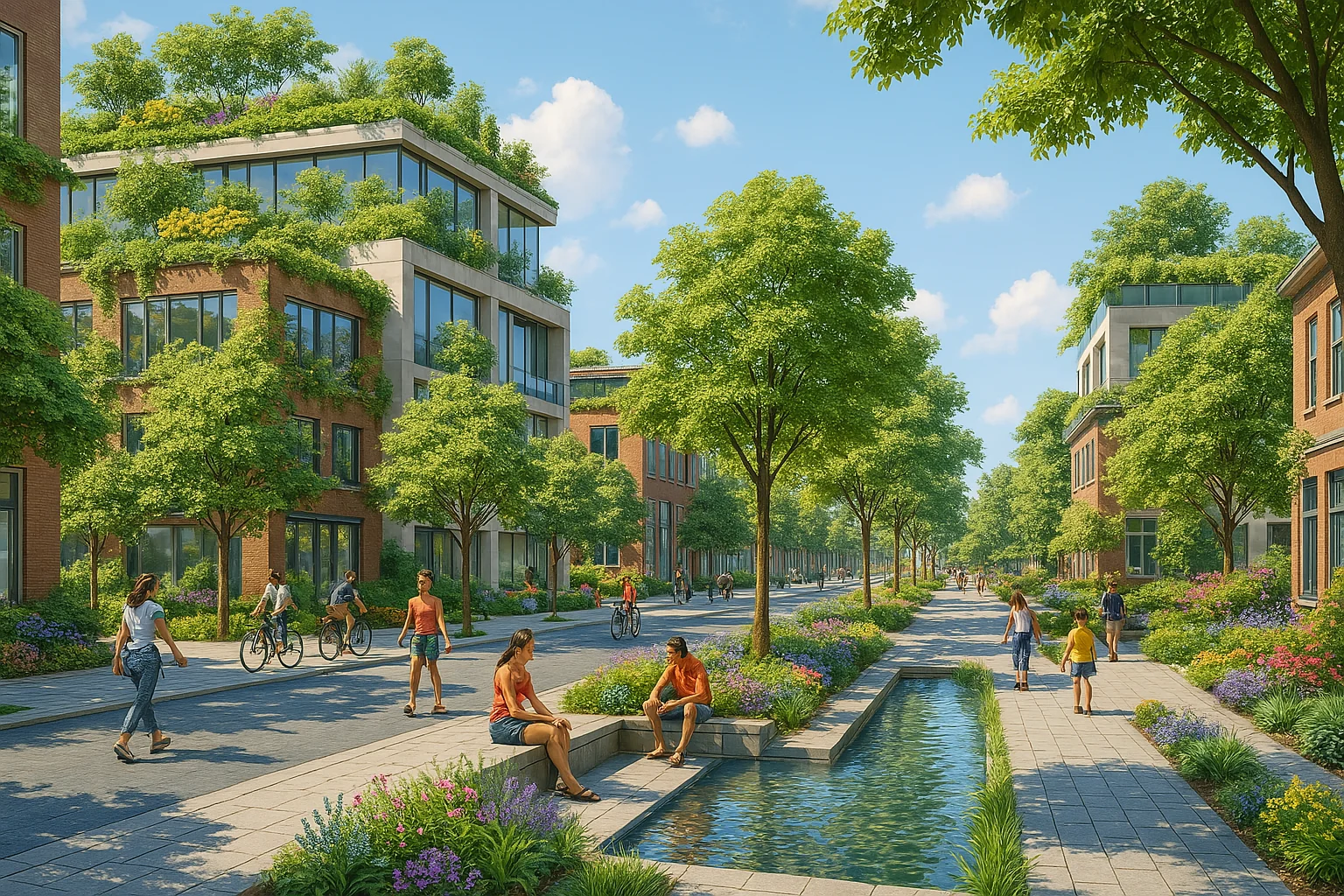
Implementing Cool Surfaces
- Cool Roofs: Using roofing materials with high solar reflectance (albedo) and high thermal emittance (ability to radiate absorbed heat) keeps buildings cooler. White or light-colored roofs are a simple example (aiming for albedo > 0.7).
- Cool Pavements: Utilizing paving materials that reflect more solar energy, enhance water evaporation, or have been otherwise modified to remain cooler than conventional pavements.
Smart Urban Design and Planning
- Optimizing Geometry: Designing building layouts and street orientations to promote natural ventilation and minimize heat trapping.
- Incorporating Water Features: Ponds, fountains, and misting systems can provide localized evaporative cooling.
- Zoning and Land Use: Integrating green spaces throughout the urban fabric rather than concentrating development.
Promoting Energy Efficiency and Sustainable Transport
- Building Efficiency: Improving insulation, using energy-efficient windows, and adopting efficient HVAC systems reduces waste heat from buildings.
- Reducing Vehicle Miles Traveled: Encouraging public transportation, cycling, and walking reduces direct heat emissions from vehicles and associated air pollution.
What Can Individuals Do?
While large-scale strategies are crucial, individual actions collectively contribute to mitigating the UHI effect and adapting to urban heat:
- Support and Participate in Urban Greening: Plant trees or shrubs on your property, utilize balconies for container gardening, advocate for community gardens and park improvements.
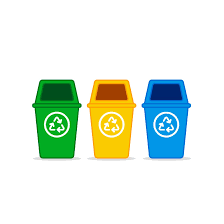
- Conserve Energy at Home and Work: Use energy-efficient appliances, turn off lights and electronics when not in use, optimize thermostat settings (use programmable thermostats), and consider ceiling fans as an alternative or supplement to AC.
- Choose Sustainable Transportation: Walk, bike, or use public transit whenever feasible. If driving, maintain your vehicle properly and avoid unnecessary idling.
- Consider Reflective Materials: If renovating or building, opt for lighter-colored roofing and exterior wall materials where appropriate.
- Stay Informed and Advocate: Learn about UHI initiatives in your city and support policies that promote green infrastructure, energy efficiency, and sustainable urban planning.
Conclusion: Reimagining Cooler, Healthier Cities
The urban heat island effect is a tangible consequence of how we have designed and inhabited our cities. It's not just an abstract meteorological term; it's felt in the sweltering summer nights, the higher energy bills, the strained breathing on smoggy days, and the increased health risks, particularly for the most vulnerable. Yet, the UHI effect is not an insurmountable problem.
Through intentional design, strategic implementation of green and cool infrastructure, a shift towards energy efficiency and sustainable transportation, and conscious individual choices, we can mitigate urban heat. By transforming our concrete jungles into greener, cooler, and more resilient urban ecosystems, we can create healthier, more comfortable, and more sustainable living environments for current and future generations.